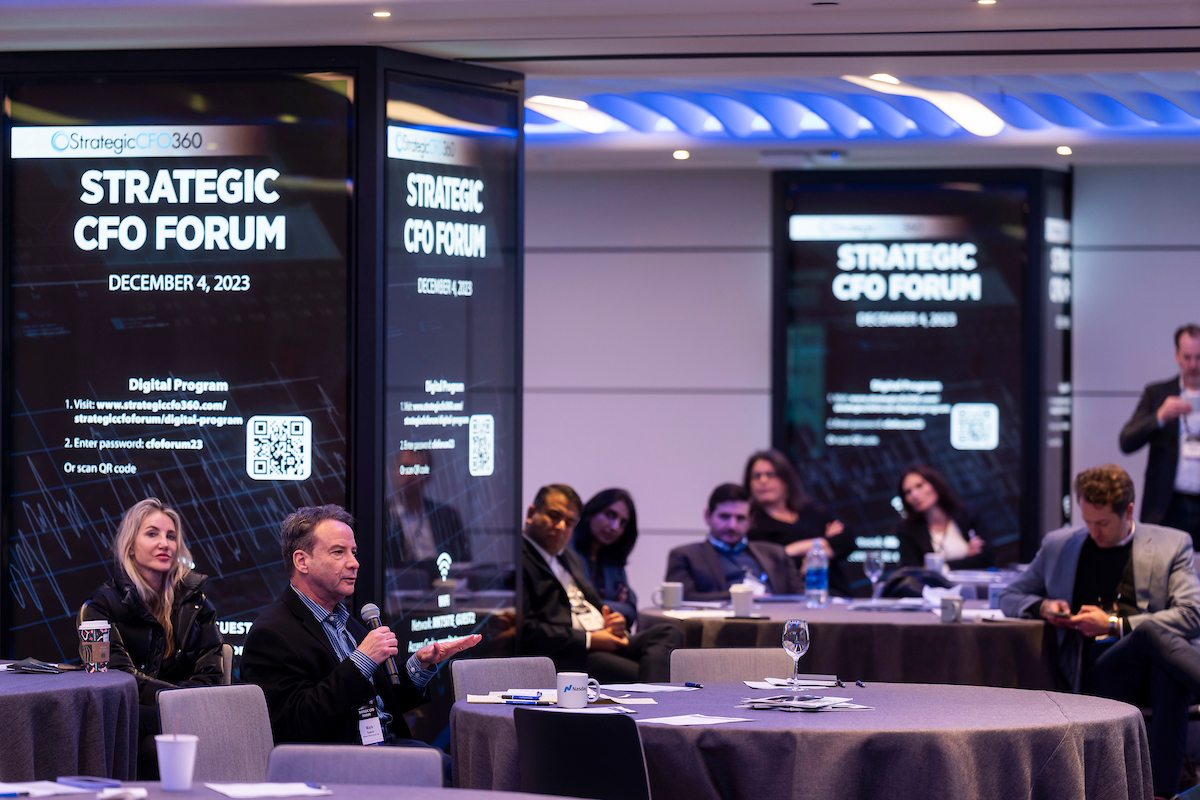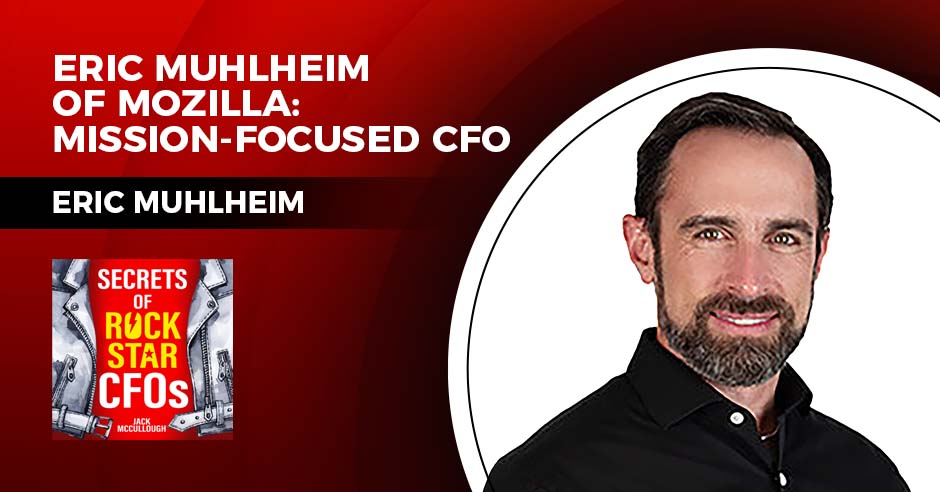Soft skills weren’t the traditional forte of CFOs, but all that has changed in a talent-starved environment where a company’s people—and recruiting, training, nurturing, keeping and advancing them—has become key to the bottom line.
“You can’t talk about financial targets without a winning culture, and you can’t talk about a winning culture without a people strategy,” Elis Costa, CFO of confectionery giant Mars Wrigley, said at our recent Strategic CFO Forum. “It’s all integrated. Companies disappear from the lack of linking targets to a culture and people strategy.”
Costa and Susan Lynch, SVP and CFO for defense contractor V2X, shared advice with Forum attendees on how to tie strategy and actions with employees into KPIs and other financial targets for sustained success. Here are some of their ideas:
Treat them like family. It may sound cliched, but CFOs can help create a family-like culture within their companies. Doing so may be as simple as steps like one taken by a mentor boss of Lynch who invited her and her husband out for dinner with him and his wife.
“Now I know another side of you, and you know another side of me, and we’re like family,’’ the mentor told her, Lynch said. “And it will be harder for you to leave because you’ll be leaving your family.”
In support of that notion, employee resource groups that are populating many companies have been a big help, Costa said. They give employees a ready attachment to others who share similar backgrounds or interests. And, Lynch said, V2X encourages employees to join affinity groups “they don’t personally associate with. It’s a great way to bring down their barriers, and it has helped with retention.”
Lay out your purpose. It’s axiomatic that younger employees want to be working for a broader purpose. “People need to understand what you stand for and how you do business,” Costa said. “Say loud and clear what you stand for, especially in an age of social responsibility. People leaders need to create those strong values. That is what connects.”
She added, “If you peel the onion, everyone just wants to be heard. That’s common across all generations. They want to see that they work for a company that they can trust that has high standards and a strong culture, and where they can invest in their career.”
Try sprints instead of marathons. Employees are used to hearing that a particular project or initiative is “a marathon, not a sprint,” but Lynch likes to turn that concept on its head sometimes. For example, when V2X merged last year and the company roughly doubled in size, she told her staff to take weekends off and reduce their hours for a while “because we will have a proxy filing in 45 days. That will be intense, and that’s when we’re going to run a sprint.”
Perhaps counterintuitively, Lynch found that she was able to “retain our entire team” after that episode. “And employee-engagement scores were some of the highest in the company because of our care and feeding and making sure they could run sprints, not marathons.”
Communicate in every way possible. “At the end of every meeting, skip level [session] or town hall, I ask people, ‘Is there anything I can do for you?’” Lynch said. “That has made me approachable and has helped me throughout my career to retain and motivate people.”
Taking employee-engagement surveys seriously is part of the communication paradigm at Mars Wrigley. “Twice a year, the top 100 leaders of the organization meet to discuss operational issues and business plans, and [recently] we were together and dedicated a full day to discuss engagement-survey results,” Costa said. They discussed “what were people thinking? What is behind the scores? In what areas are we not doing so well? And then we created plans that are linked to strategy and ideals for the year.”
Don’t discount remote work. Many employers are happy to be prodding people back into offices these days, but Costa and Lynch cautioned not to press too hard.
“We find our financial performance has been the same with remote work as when people were working [in the office] five days a week,” Costa said. Mars Wrigley employees and functions decide when they need to be in the office for “moments that matter” and for collaboration, she said, which typically amounts to two days a week.
More employees have aging parents or young children and rely on at least partially remote work to make their lives synch, Lynch said. V2X believes “we have to let people do what they want to do; it’s about retaining them. As long as they get the job done, that’s all that matters to me.”
Leverage benefits. CFOs can play crucial roles in improving culture by working to provide optimal benefit programs. Lynch, for example, helped launch an adoptive-parent benefit at a previous company and also launched quarterly, instead of annual, bonus payouts. The latter was “hugely successful and helped us with retention.”








